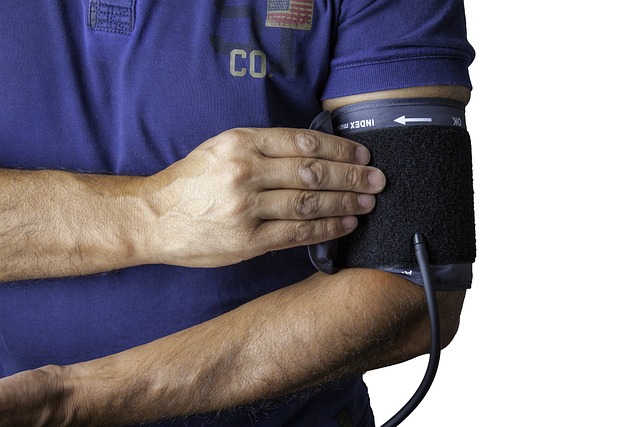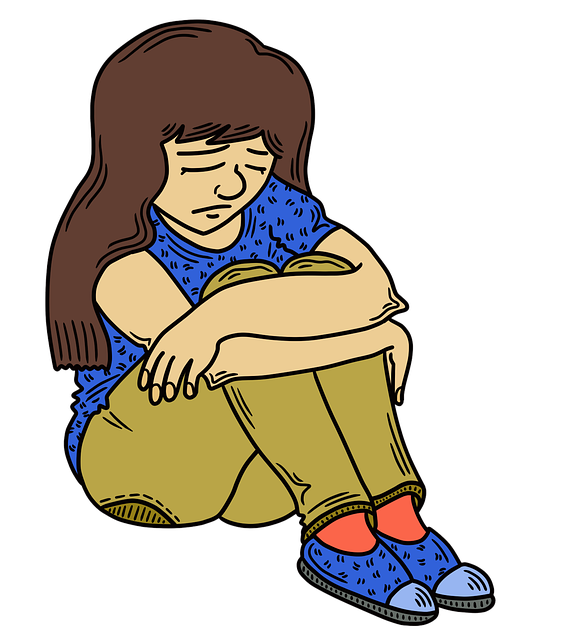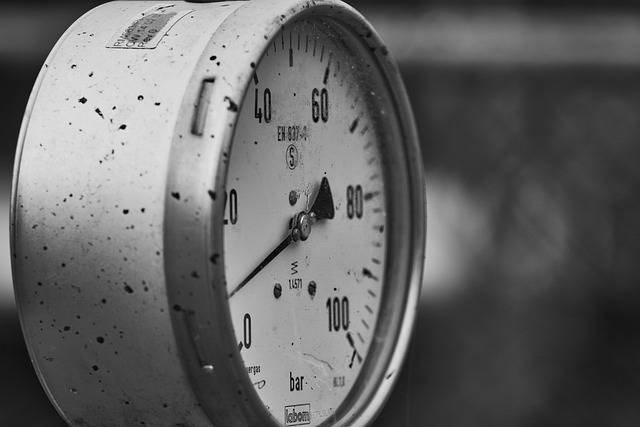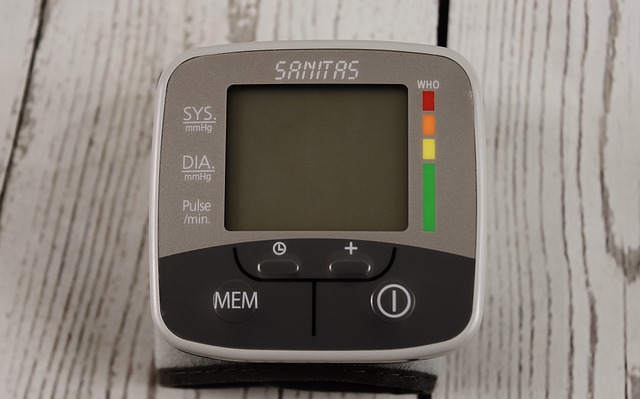Low water pressure, affecting daily tasks and causing inconvenience, arises from multiple factors like plumbing issues, supply problems, or appliance misconfigurations. Identifying the root cause—such as leaks, outdated pipes, clogged filters, faulty regulators, or external construction—is essential for targeted solutions. Common warning signs include slow flowing water and delayed filling, indicating problems with fixtures, distribution, main lines, or appliance inefficiencies. Prompt investigation is key to restoring efficient pressure, preventing damage, and conserving water.
Low water pressure can be frustrating, making everyday tasks like showering or doing laundry less enjoyable. Understanding the causes behind this issue is the first step towards fixing it. This article delves into seven common reasons why your water pressure might be low and offers practical solutions for each problem. From mineral buildup to outdated pipes, identifying the root cause will help you restore optimal water flow in no time.
- Understanding Low Water Pressure: Common Household Issues
- – Identifying the problem: What does low water pressure feel like?
- – Common symptoms and early warning signs
Understanding Low Water Pressure: Common Household Issues

Low water pressure is a common household issue that can frustrate daily routines, from taking a shower to washing dishes. Understanding the causes behind this problem is the first step in finding solutions. Various factors can contribute to low water pressure, ranging from issues within your plumbing system to problems with your water supply or even incorrect settings on appliances. Identifying the specific cause will help you determine the most effective fix, ensuring your water pressure returns to a comfortable and efficient level.
Some of the most common causes of low water pressure include leaks in pipes, outdated plumbing, clogged water filters, faulty pressure regulators, or reduced water supply due to nearby construction or high demand from neighboring properties. Addressing these issues promptly not only improves your daily convenience but also prevents further damage and unnecessary waste of water.
– Identifying the problem: What does low water pressure feel like?

Low water pressure is often an annoying and frustrating issue that can be difficult to identify. It’s important to note what this problem feels like before diving into potential causes. When your water pressure is low, tasks as simple as taking a shower or washing dishes become much less enjoyable. You might notice that the water flows slowly from faucets, requiring you to wait for what seems like forever to fill up a sink or bathtub. This can be especially frustrating when you’re in a hurry or trying to complete household chores efficiently.
Identifying low water pressure typically involves paying close attention to how your daily activities are affected. If you’ve experienced any of the above scenarios, it’s likely that your home is dealing with issues related to causes of low water pressure. From faulty fixtures to problems with water distribution systems, understanding these potential sources can help guide you in troubleshooting and fixing the issue effectively.
– Common symptoms and early warning signs

Low water pressure can be frustrating and often indicates an underlying issue within your plumbing system. Recognizing the early warning signs is crucial for prompt action. Some common symptoms include a weak or intermittent flow when you turn on the tap, taking longer than usual to fill up a bucket or bathtub, and reduced water pressure in specific fixtures like showerheads. You might also notice that some appliances, such as dishwashers or washing machines, aren’t performing optimally due to insufficient water supply.
Early warning signs can include sudden drops in pressure throughout the house, unusual noises coming from pipes (like banging or gurgling), or visible evidence of leaks. If you experience any of these symptoms, it’s important to investigate further as they could be indicative of several causes of low water pressure, including issues with the main water supply line, faulty valves or fixtures, buildup in pipes, or even a low water table.
Low water pressure can be a frustrating issue, but understanding its causes is the first step towards finding a solution. From leaky pipes and outdated fixtures to issues with your main water line or even a faulty pressure regulator, there are several potential sources of low water pressure. By identifying these causes and implementing corresponding fixes, you can restore optimal water pressure in your home and bid farewell to those pesky low-pressure headaches.
